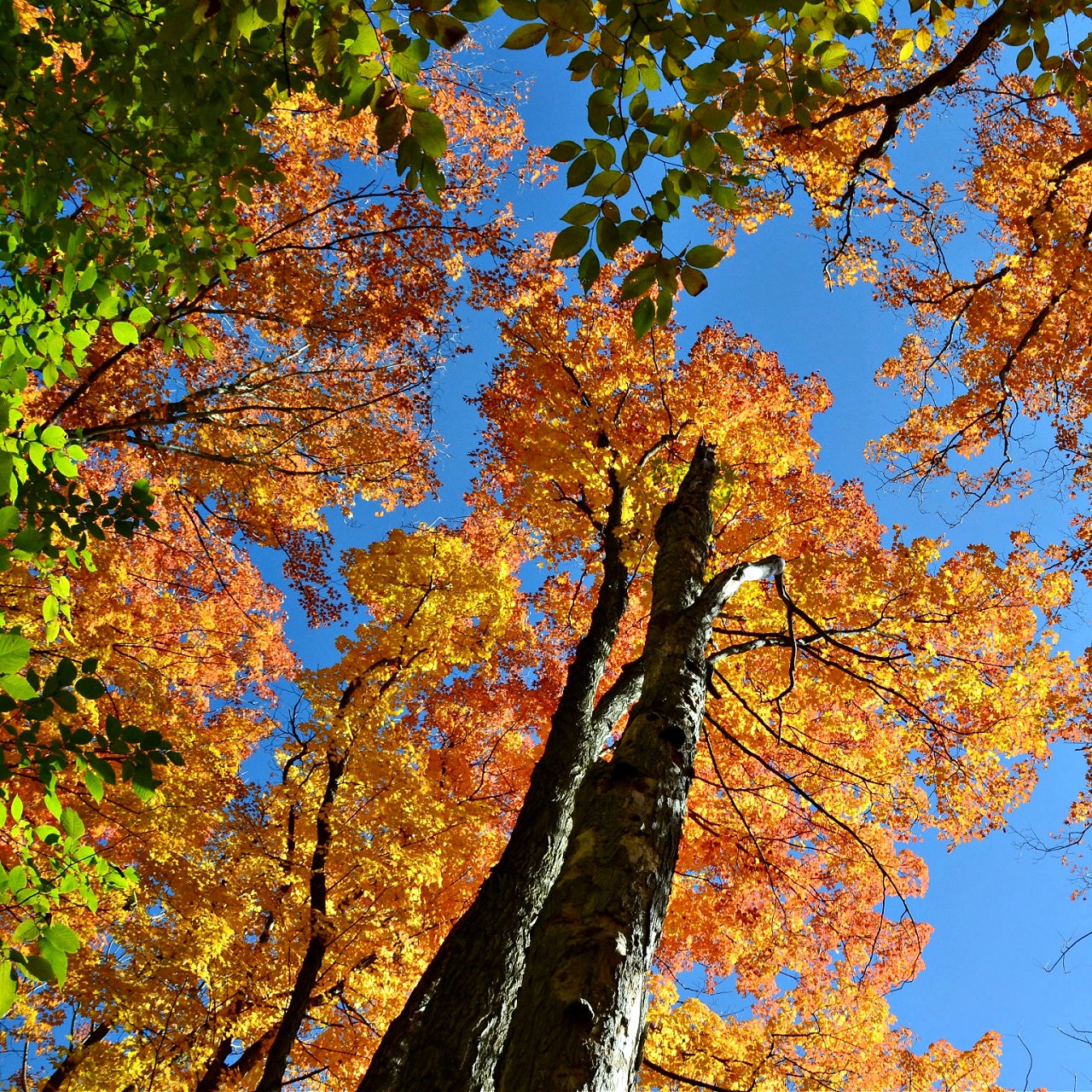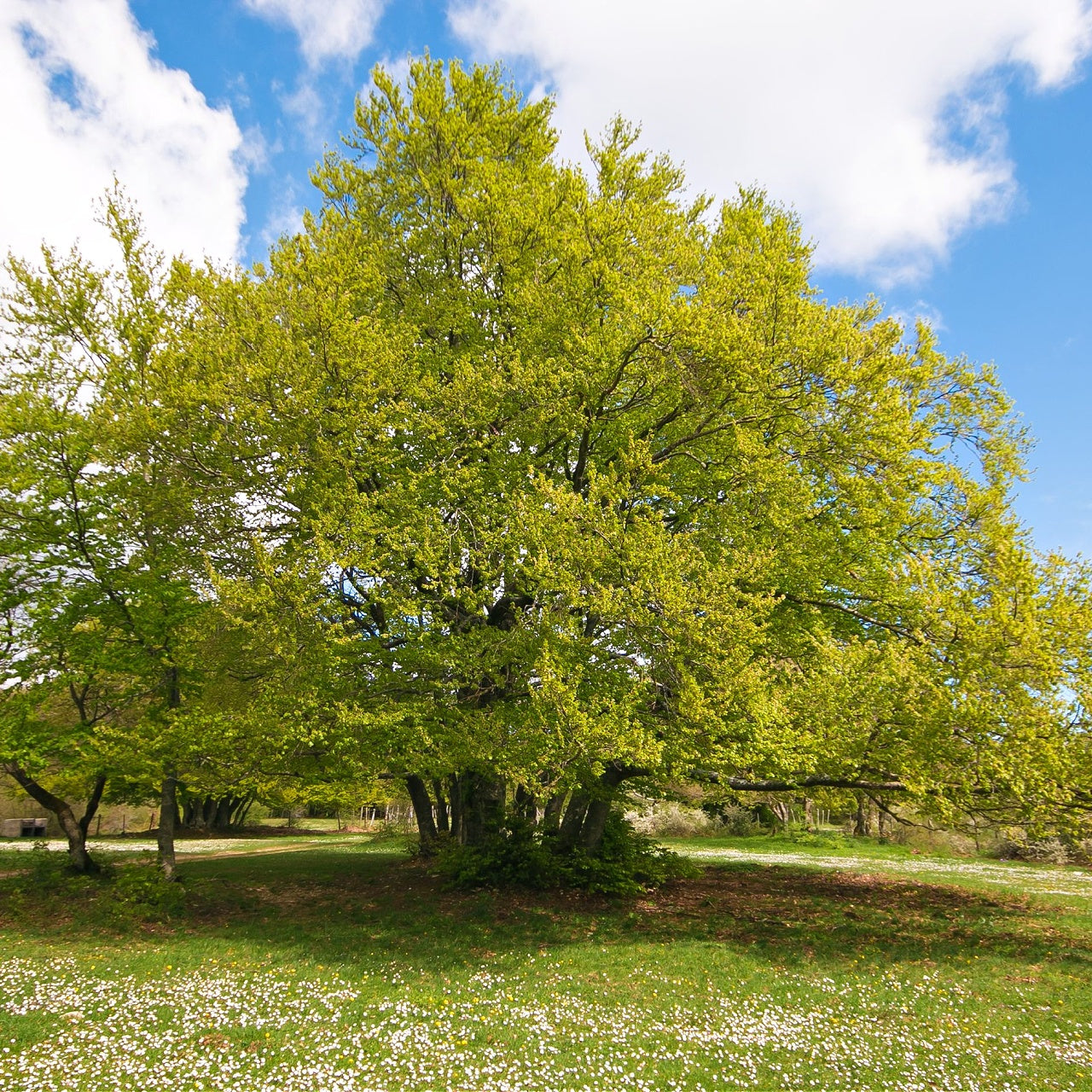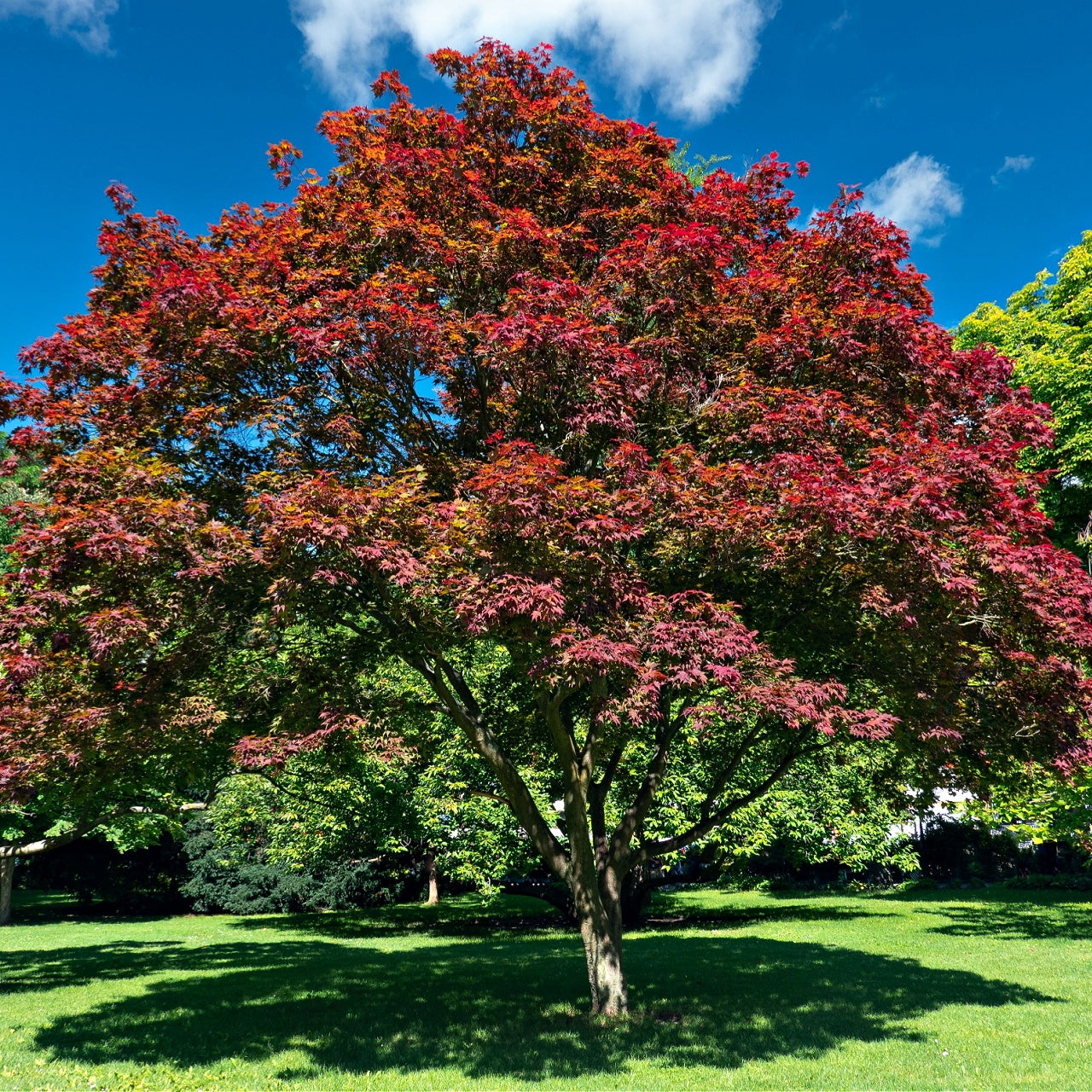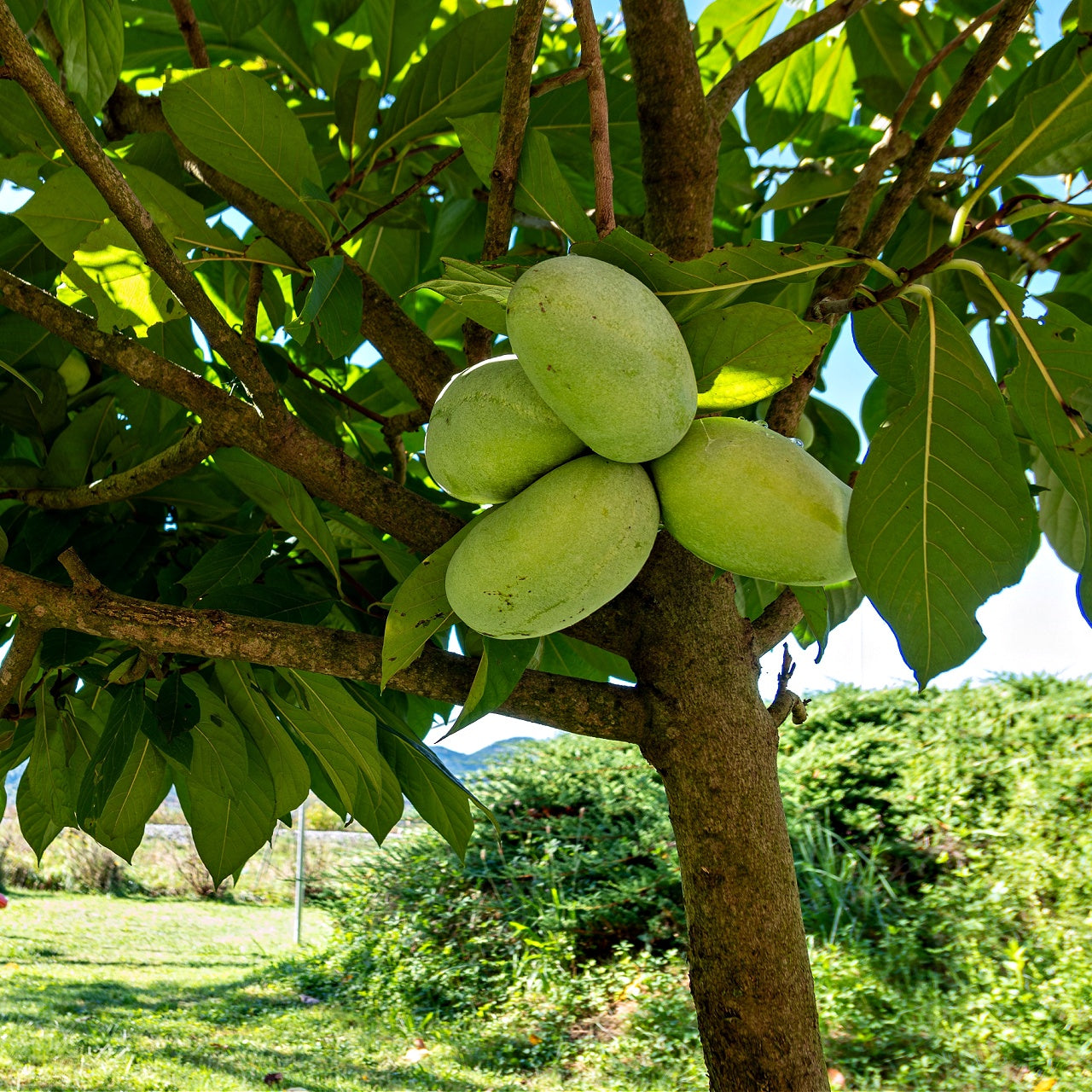
Embracing the Timeless Charm of Cottage Gardens
Embracing the Timeless Charm of Cottage Gardens
Imagine strolling through a charming cottage garden that evokes a sense of nostalgia and romanticism. The garden is brimming with colorful blooms, each a delicate work of art that attracts a variety of wildlife. Nature's beauty thrives here, complemented by the gentle touch of human hands. This guide provides an in-depth look at creating a captivating cottage garden that will transport you into a tranquil oasis. The selection of beloved plants includes Blue Hydrangea shrubs, Virginia Bluebells, Christmas Ferns, and Wisteria trees. By combining these plants in perfect harmony, you can convert your outdoor area into a breathtakingly beautiful haven that celebrates the wonders of nature.
Selecting the Correct Plants for Your Cottage Garden
When planning a cottage garden, the first step is carefully selecting the works that will flourish in your local climate and soil. One plant that will bring a touch of classic charm to your garden is the Blue Hydrangea (Hydrangea macrophylla). This stunning shrub is highly prized for its beautiful blue blooms and lush foliage, creating a striking display in any garden.
Providing the right growing conditions is essential to ensure that your Blue Hydrangea thrives. This versatile shrub prefers moist and well-drained soil, making it perfect for planting under trees or along the edges of garden beds. It also needs partial shade to protect it from the hot sun.
A Blue Hydrangea is a beautiful addition to any garden due to its adaptability and beauty. By including this stunning shrub in your cottage garden, you can create a visual masterpiece that will envy all your neighbors.
Virginia Bluebells (Mertensia virginica) add a touch of ethereal beauty to any cottage garden with their delicate, bell-shaped flowers that emerge in early spring. These native wildflowers thrive in rich, moist soil and dappled shade, making them perfect companions for Blue Hydrangeas and other shade-loving plants.
Christmas Ferns (Polystichum acrostichoides) is another excellent choice for filling out the lower layers of your cottage garden. These evergreen ferns add texture and color year-round, with their glossy, dark green fronds strikingly contrasting the delicate blooms above. Christmas Ferns are adaptable to a wide range of soil and light conditions, making them a versatile addition to any garden landscape.
Wisteria trees (Wisteria spp.) are renowned for their cascading clusters of fragrant flowers, which drape gracefully from arbors, pergolas, and trellises. While technically not a tree but a woody vine, Wisteria adds vertical interest to your cottage garden and can be trained to climb along fences or up the trunks of trees. These vigorous growers thrive in full sun and well-drained soil, but they may require regular pruning to keep them in check and prevent them from overtaking other plants in your garden.
Designing Your Cottage Garden Oasis
Now that you've chosen the perfect plants for your cottage garden, it's time to start designing a beautiful oasis. Begin by evaluating your outdoor space and considering factors such as how much sunlight your garden receives, the grade of the dirt, and the existing landscape features. Take note of any areas with unique characteristics, such as rocky terrain or a sloping hillside, as these may influence your garden design.
Be mindful of their growing requirements when deciding where to place the Blue Hydrangeas, Virginia Bluebells, Christmas Ferns, and Wisteria trees. For example, Blue Hydrangeas need well-draining soil and partial shade, while Virginia Bluebells prefer moist and full shade. Christmas Ferns require moist soil and can tolerate deep shade, while Wisteria trees need a sturdy support structure and full sun. Contemplating these factors when designing your garden structure, you can make a lovely and thriving outdoor sanctuary.
For a cohesive and balanced look, consider planting Blue Hydrangeas along the borders of your garden beds or interspersing them with other flowering shrubs and perennials. Their large, showy blooms will serve as focal points in your garden, drawing the eye and adding a hint of rosiness to the landscape.
Virginia Bluebells can be planted in drifts or clusters beneath deciduous trees or along the edges of woodland gardens, where they will naturalize and spread over time. Their soft blue flowers contrast the vibrant hues of Blue Hydrangeas and add a sense of tranquility to shady areas of the garden.
Intersperse Christmas Ferns throughout your garden beds to fill in empty spaces and provide a backdrop for other plants. Their graceful fronds add texture and visual interest, while their evergreen foliage ensures year-round color and structure in the garden.
To infuse your cottage garden with the enchanting beauty of Wisteria trees, consider constructing a sturdy arbor or pergola that can support the vines and encourage them to flourish in all their glory. As the vines grow, gently guide them along the structure, ensuring they reach upward and outward gracefully and naturally. With careful pruning and support, the cascading clusters of flowers will bloom in a stunning display of lavender, pink, and white, forming a breathtaking focal point in your garden. Imagine the sweet fragrance permeating the air, creating a romantic and serene ambiance for outdoor gatherings and strolls.
Maintaining Your Cottage Garden for Year-Round Beauty
Once your cottage garden is planted, it's essential to maintain it regularly to remain healthy and vibrant throughout the seasons. Water your plants deeply and consistently, particularly during dehydrated spells, to keep the soil evenly moist but not soggy. Mulch around the bottom of your plants to assist in maintaining moisture, suppress weeds, and insulate the soil against temperature fluctuations.
Fertilize your Blue Hydrangeas and Wisteria trees annually with a slow-release fertilizer to encourage wholesome development and abundant blooms. Prune your Blue Hydrangeas in delinquent winter or early spring to clear any lifeless or damaged wood and shape the plants as desired. Keep an eye on your Wisteria trees and prune them as needed throughout the growing season to control their size and shape and encourage prolific flowering.
Monitor your garden for nuisances and diseases, and take immediate measures to address any issues. Remove spent flowers and foliage regularly to promote new development and control the spread of disease. As the seasons change, take time to enjoy the ever-evolving beauty of your cottage garden, noting the subtle shifts in color, texture, and fragrance throughout the year.
In conclusion, creating a beautiful cottage garden with Blue Hydrangeas, Virginia Bluebells, Christmas Ferns, and Wisteria trees is a rewarding exertion that permits you to link with nature and cultivate a space of serenity and beauty. By selecting the right plants, designing thoughtfully, and carefully maintaining your garden, you can create a timeless oasis that brings joy and inspiration to your outdoor living space for years to come.
Products from the Article
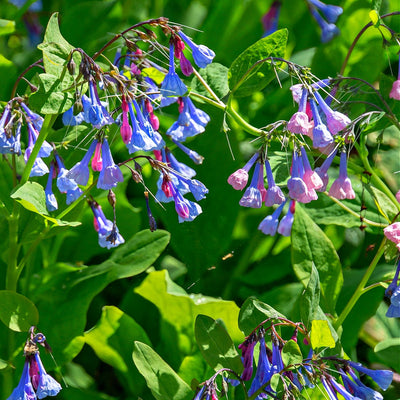
Virginia Bluebells



